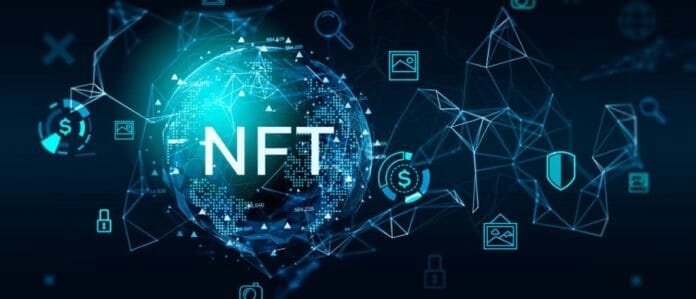The rapid rise of NFTs and the opportunities it presents to creatives
The rise of non-fungible tokens (NFTs) presents a new and important opportunity for all artists and creators who work in digital formats to make a living from the work they do.
From using NFTs as a ticket to unique digital events, to auctioning off ownership of an AI-designed sneaker, NFTs have enabled the most robust and exciting digital art market we’ve ever seen, and they are likely the greatest unlock of artist opportunity in more than 100 years.
At Adobe, we support the development of the NFT market because we see the historic and unique opportunities NFTs open up for the creative community, and it’s no surprise that we’re continuing to see more and more Malaysian creatives such as Rames Harikrishanasamy and Tan Yau Hoong minting their work onto NFT platforms.
The challenges with NFTs, and Adobe’s commitment to being part of the solution
As with any new technology, there are challenges to deal with in the ways NFTs are structured, such as their environmental impact and authenticity. However, we are convinced these problems are solvable.
Environmental concerns
NFTs depend on blockchain transactions which can use large amounts of electricity, but there is a way forward that reduces energy use. Blockchain platforms like Polygon and Solana, who are now integrated into our social network Behance, present a more environmentally conscious way for artists to create NFTs due to their smaller energy footprint.
It’s still early days for NFTs and the technology behind this market, but we’re enthusiastic about the many ongoing innovative projects aimed to make minting and transacting NFTs more energy efficient.
Authenticity concerns
While a NFT shows an accurate history of who has owned, sold, or transferred that specific token, it does not necessarily tell you who created the artwork, or if it’s genuine. For example, if you’re buying a piece of great content that was designed by Takeshi Murukami you want to make sure that it’s actually created by Takeshi Murukami rather than anybody else.
This disconnect has led to some unscrupulous behavior, with some artists seeing that people have minted an NFT of their artwork and are selling it to unsuspecting collectors.
That is why two years ago, we launched the Content Authenticity Initiative, an alliance with other tech companies and content providers to combat misinformation and deepfakes by providing technology to verify authenticity. Today, creatives can use the Content Credentials feature on Adobe to track attribution and provide a layer of transparency for their audience.
Our goal here is simple – we’re providing information about what is real, as opposed to having creators and collectors determine what is fake. The demand for NFTs and for verifying that commercial products are legitimate will likely be the first drivers that push adoption of the technology.
NFTs are creating an entire new economy of digital creativity, so this moment is a paradigm shift with lasting impact for both creators and consumers alike – and Adobe is going to play a massive role in enabling artists and creators to flourish and prosper from their work.
Article attributed: Simon Dale, Managing Director for Southeast Asia & Korea, Adobe









